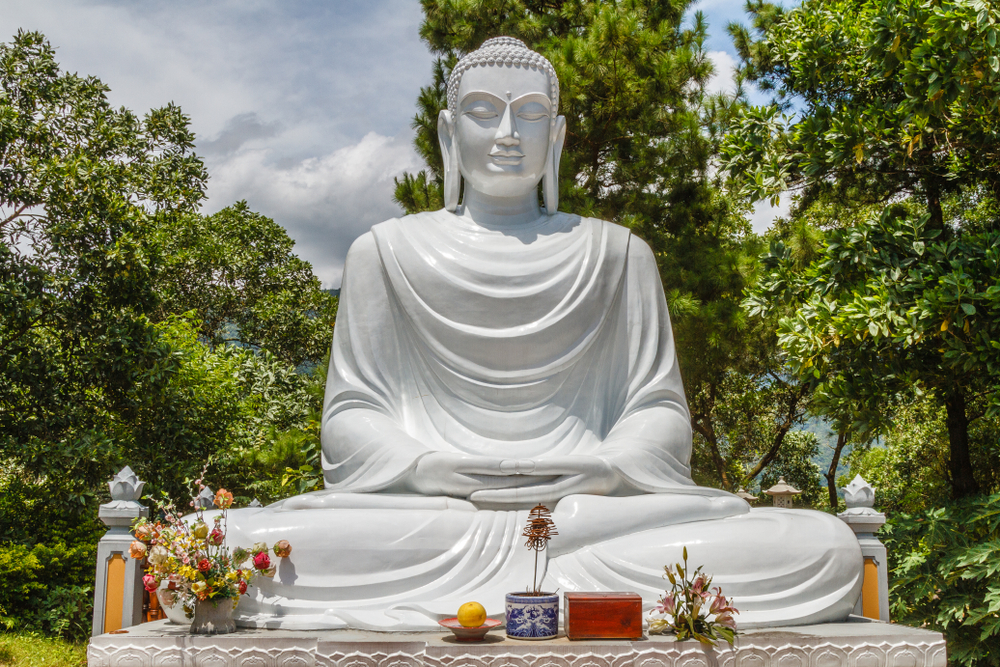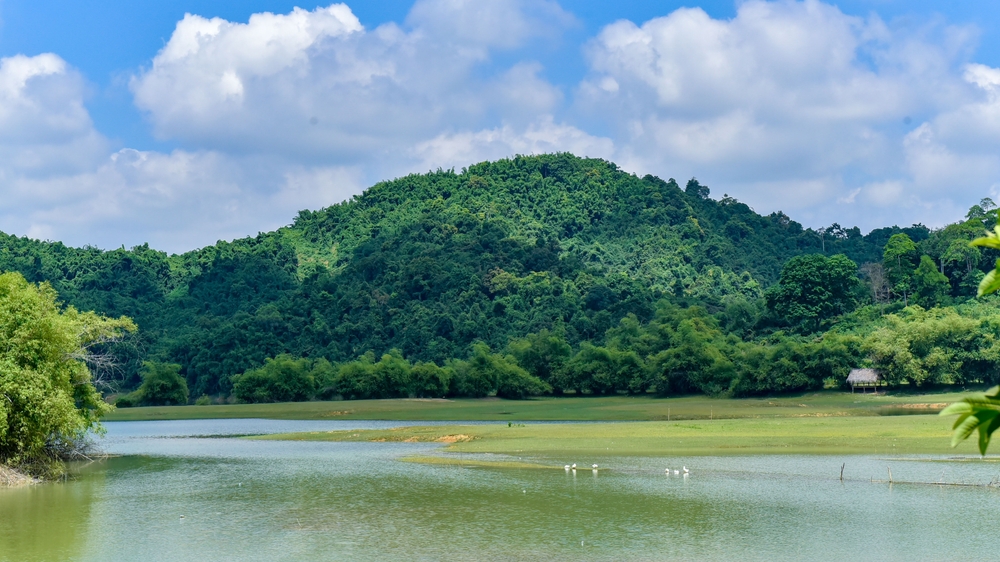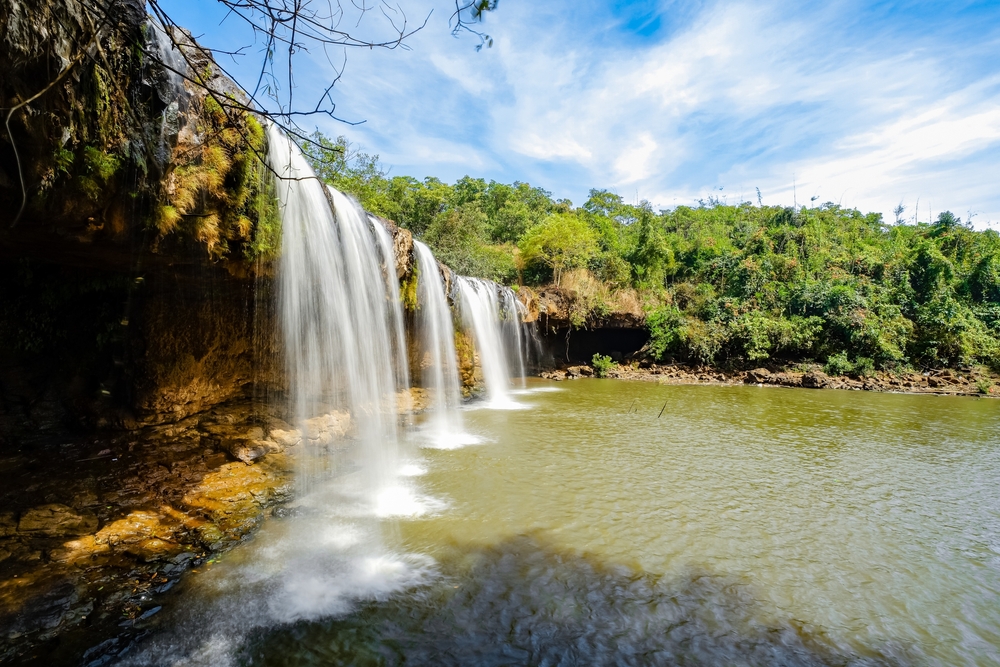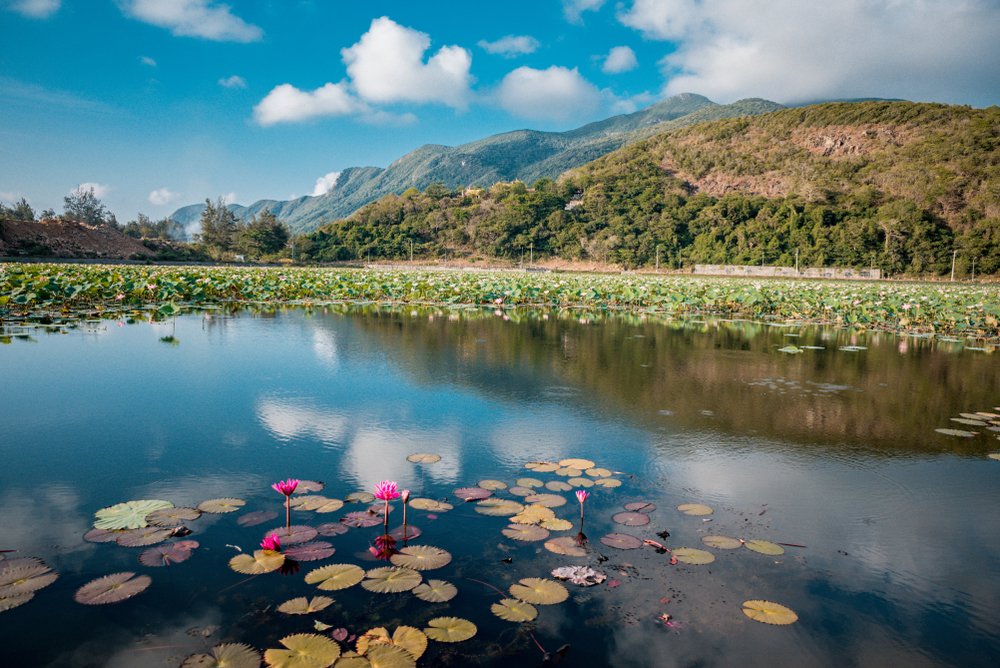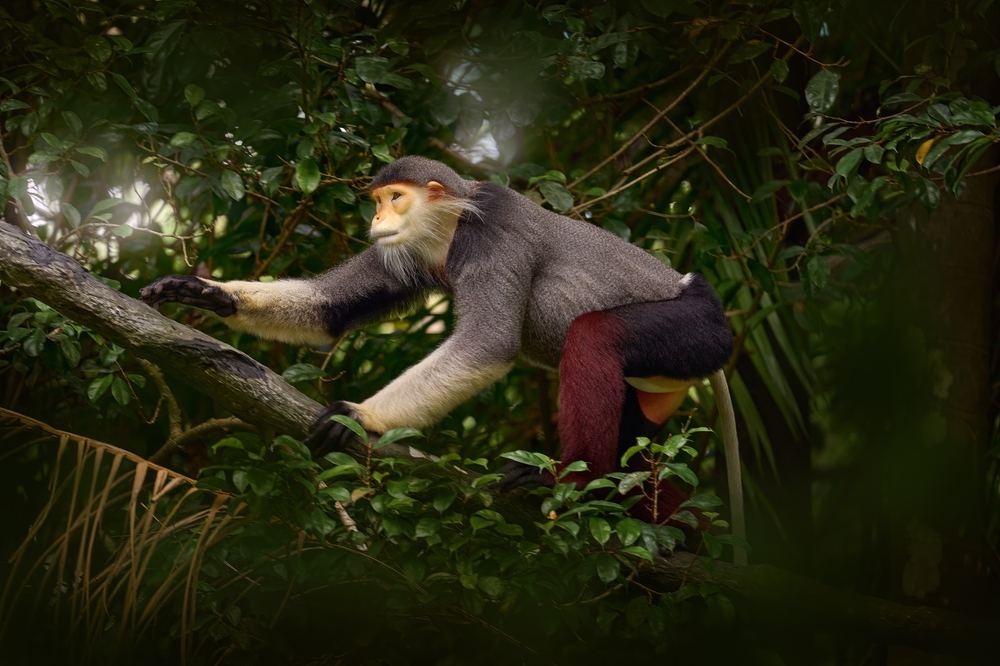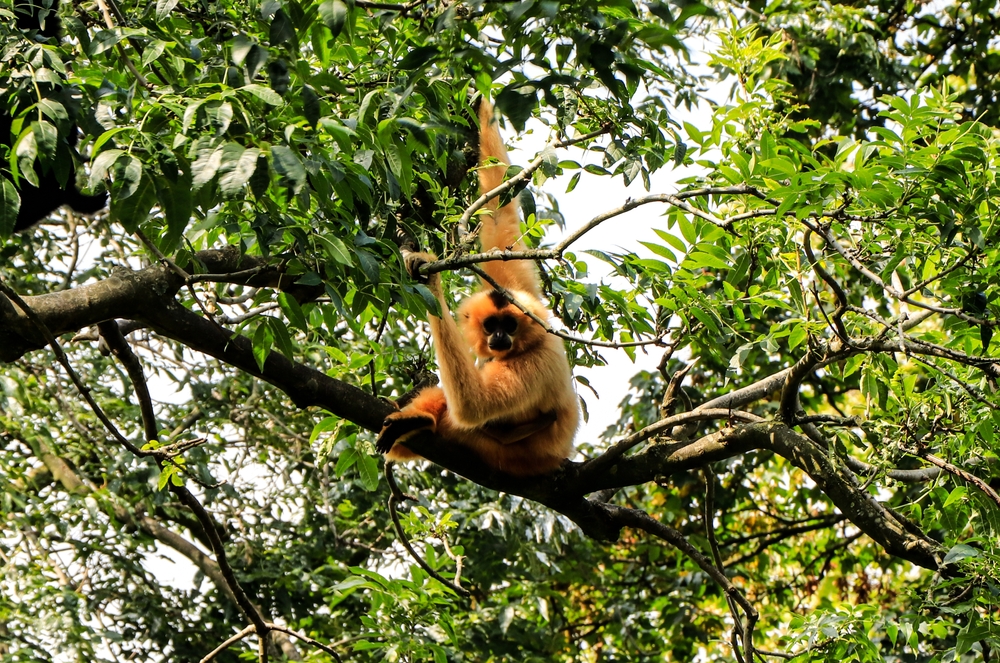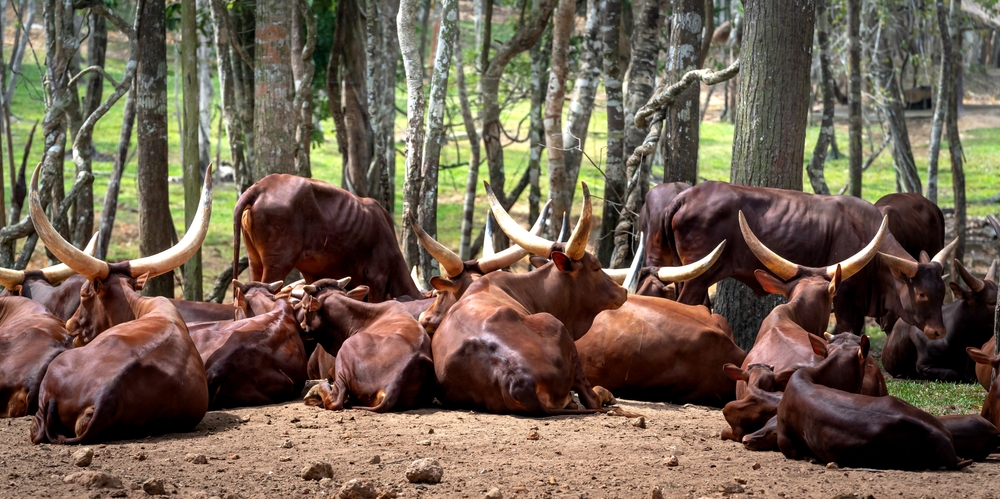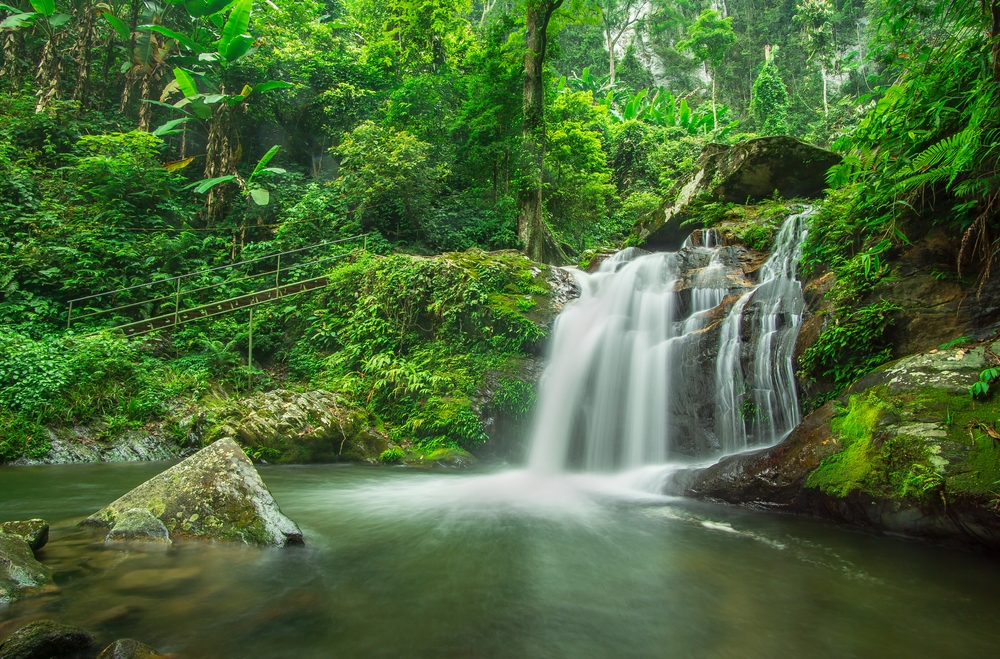Tam Đảo Overview
Tam Đảo National Park, known locally as Vườn Quốc gia Tam Đảo, is a breathtaking protected area located in northern Vietnam. Spanning approximately 87.48 square miles (227 square kilometers), the park lies in the Tam Đảo mountain range, which stretches across the provinces of Vĩnh Phúc, Thái Nguyên, and Tuyên Quang.
Positioned just 43 miles (70 kilometers) north of Hanoi, Tam Đảo offers a cool, temperate escape from the tropical lowlands. Its name, meaning “Three Islands,” refers to three prominent mountain peaks that rise dramatically above the forest canopy, creating a striking visual identity for the region.
The terrain of Tam Đảo National Park is defined by steep slopes, dense forest cover, and a rugged mountainous landscape. The highest peak, Mount Tam Đảo, reaches 5,866 feet (1,785 meters) and is often shrouded in mist, lending the park an ethereal quality. Streams and waterfalls punctuate the lush greenery, with the Silver Waterfall (Thác Bạc) being one of the most famous and accessible cascades.
The park’s vegetation ranges from subtropical to temperate, with an array of evergreen forests, bamboo groves, and montane shrubs. Over 1,400 plant species have been identified within the park, including rare orchids and medicinal plants, making it a botanist’s paradise.
Wildlife enthusiasts will find Tam Đảo National Park teeming with biodiversity. The park is home to over 840 animal species, including 239 bird species and 64 mammal species. Key mammals include the Asiatic black bear, the clouded leopard, and the Tam Đảo salamander, an endemic amphibian.
Birdwatchers are drawn to the vibrant populations of colorful species such as the red-vented barbet, silver pheasant, and laughing thrushes. Butterflies flutter through the forest in a dazzling array of colors, enhancing the park’s vibrant ecosystem.
Among the park’s popular features is the Tam Đảo Hill Town, a charming area offering panoramic views, colonial-era architecture, and cool, refreshing air. Visitors also enjoy trekking to viewpoints like Heaven’s Gate (Cổng Trời), exploring ancient temples like Tây Thiên, or embarking on birdwatching and wildlife tours led by local guides. The park’s trails cater to all levels, ranging from leisurely walks to challenging hikes, with each journey revealing unique flora, fauna, and vistas.
Tam Đảo faces significant conservation challenges, including habitat loss from illegal logging, poaching, and human encroachment. However, concerted efforts by park authorities and conservation organizations have made strides in preserving this biodiverse haven. Awareness campaigns and stricter enforcement of protective regulations have contributed to safeguarding endangered species and reducing threats to the environment.








































































